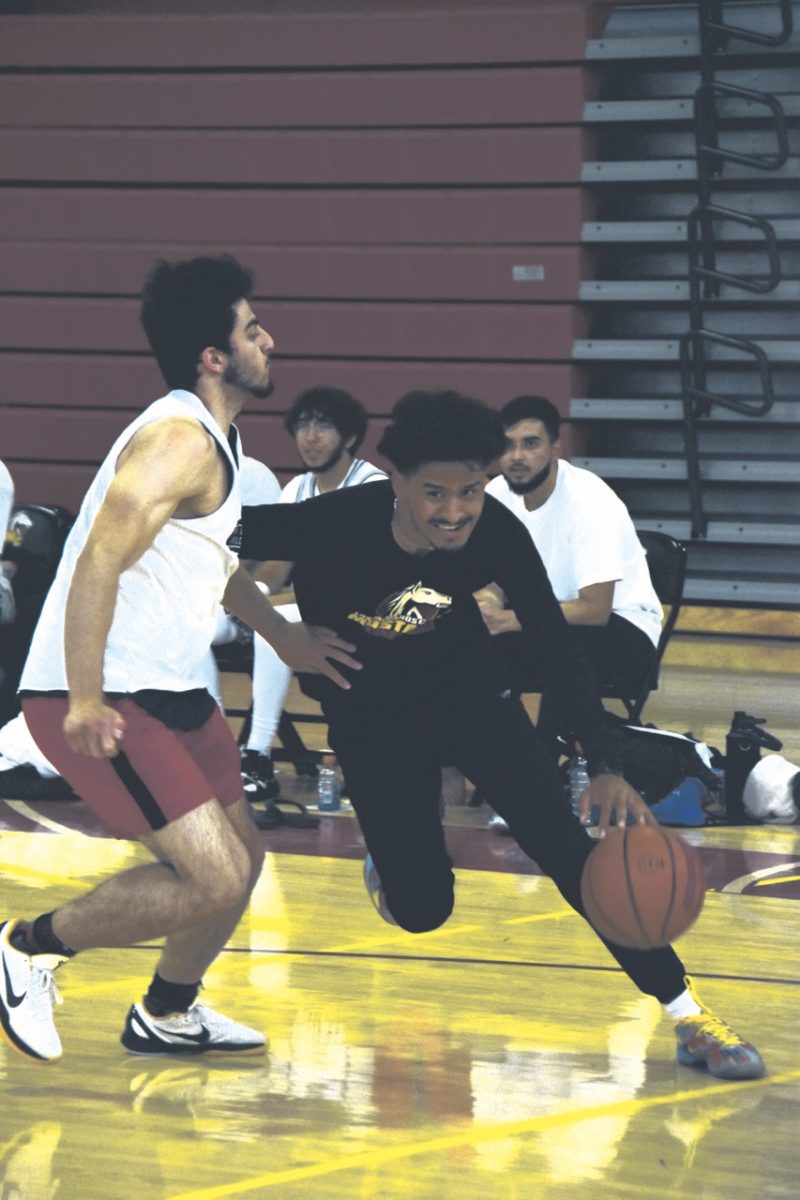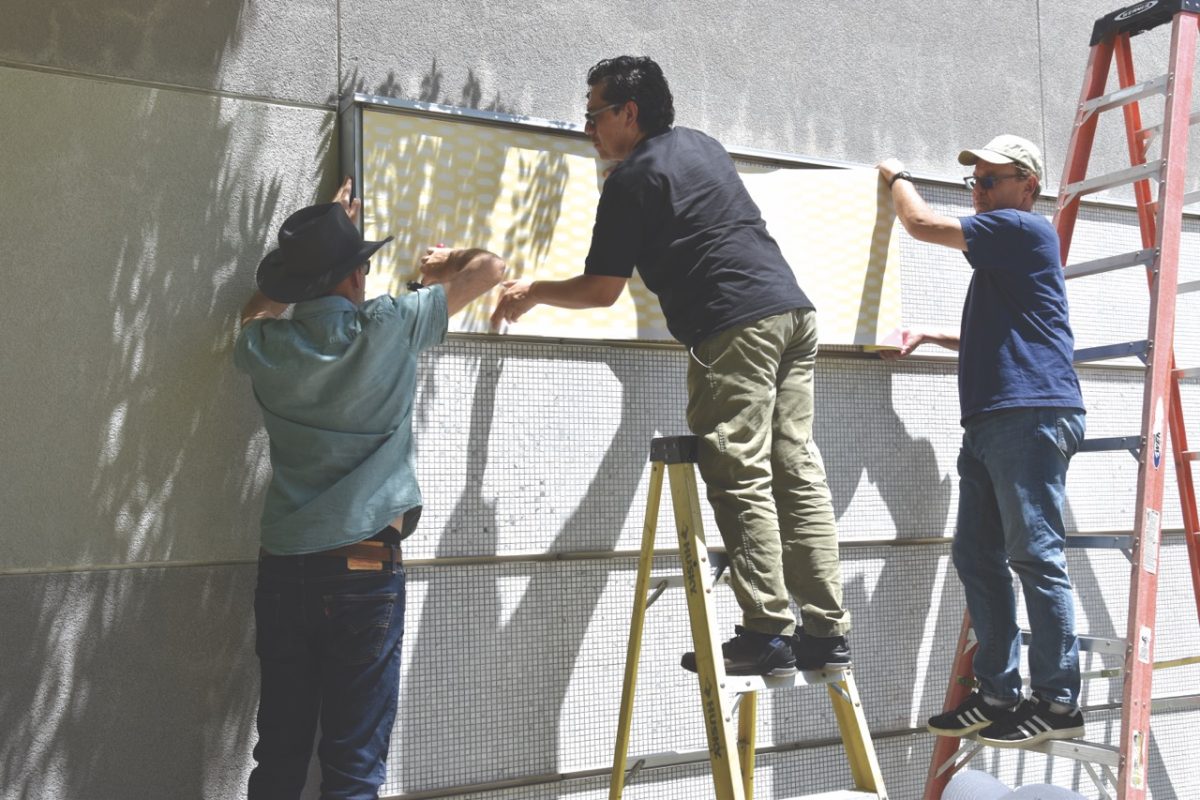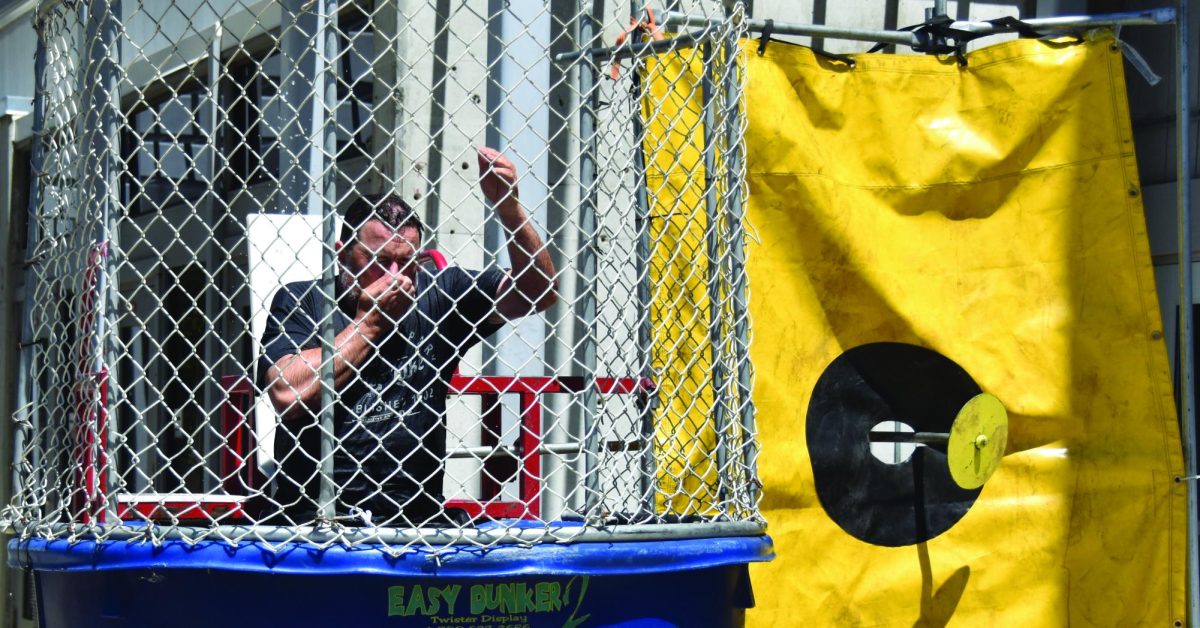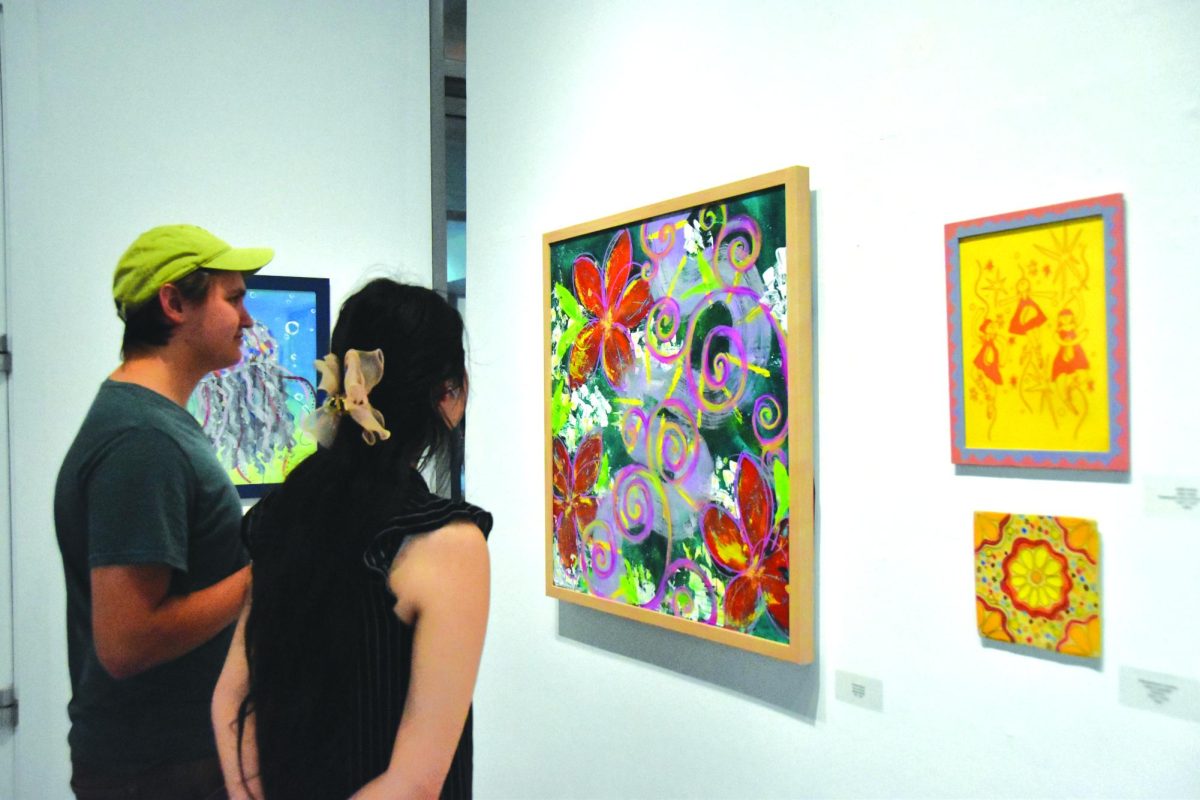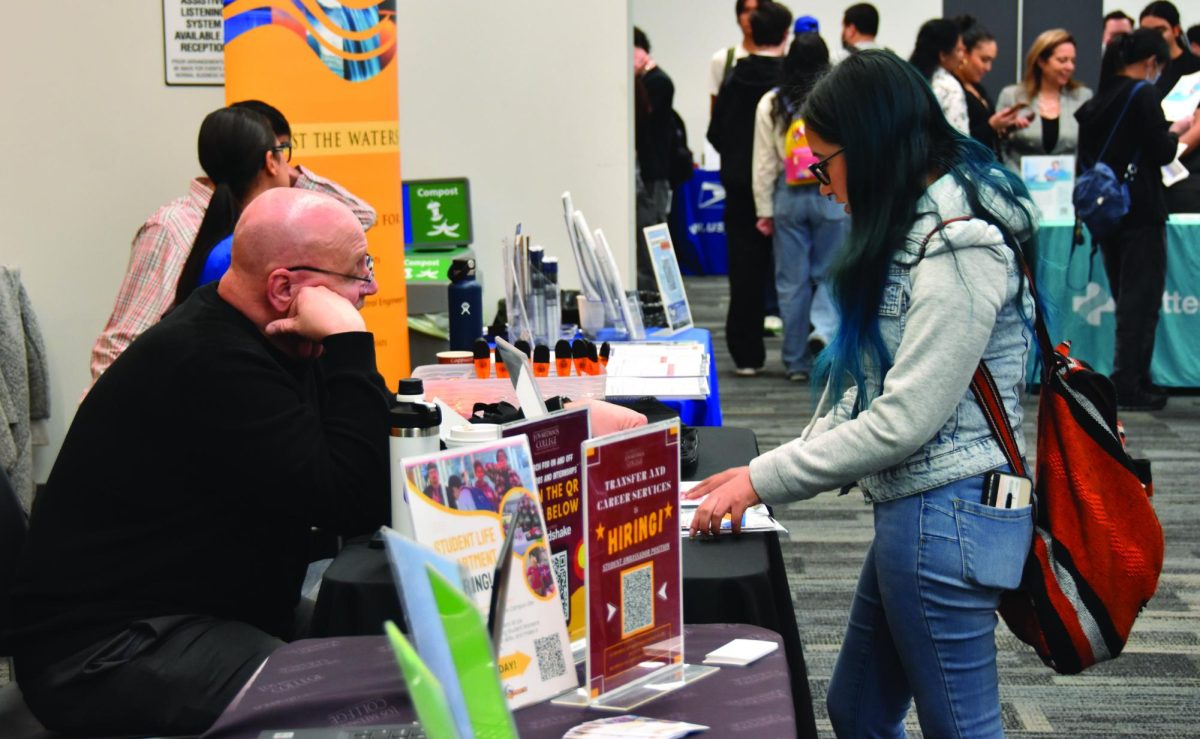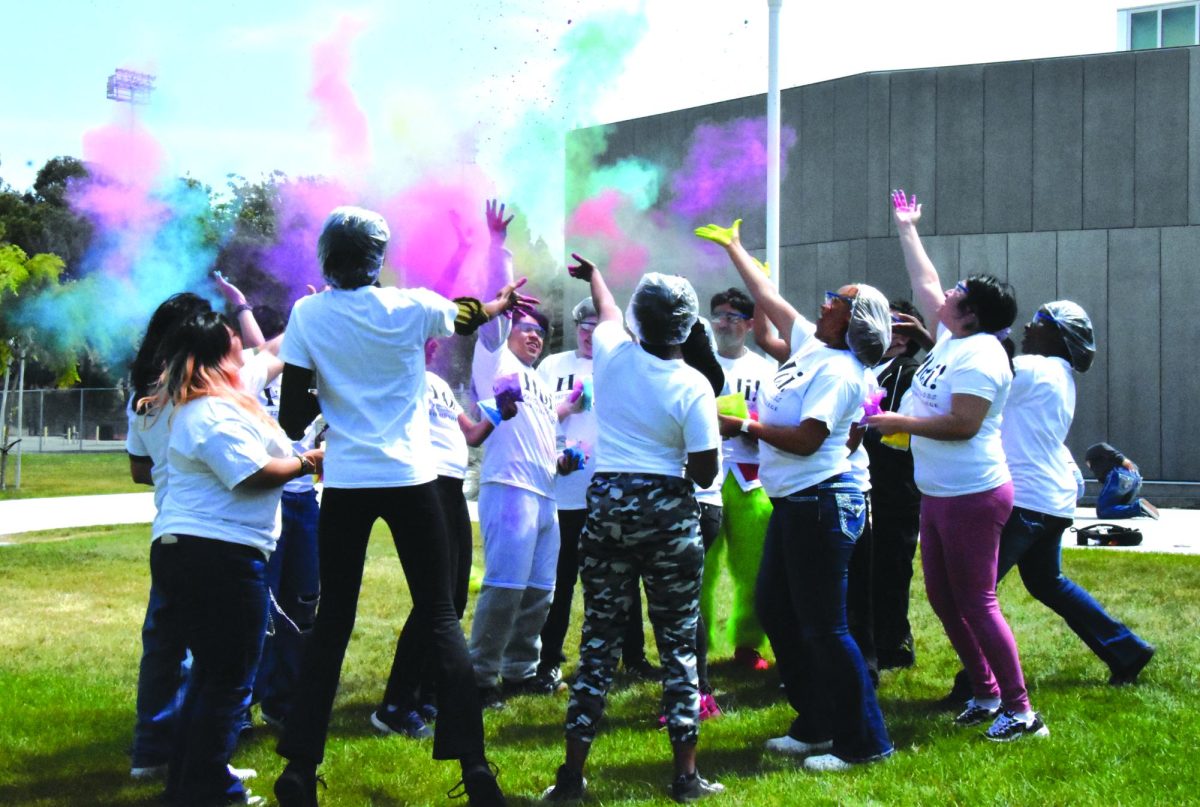Before a single red rose or chocolate confection was given in honors of Valentine’s Day, members of the Los Medanos College community gave a literal gift of the heart during a blood drive operated by the Blood Centers of the Pacific. In all, about 30 pints were donated according to Donor Relations Specialist Alexis Oesterle. Each 1 pint donation can help save up to 3 lives, which translates up to around 90 people being given the greatest gift – life.
Donations were given by appointment and by walk-ins potentially lured by signs posted around campus offering people a chance to be a hero.
Miriam Gonzalez is a donor who finds the allure of being a hero enough motivation to donate. The blood drive was held on Feb. 6 and it was the second time she had donated blood.
“I wanted to save someone else’s life,” said Gonzalez.
To Oesterle, donating blood is a very generous act and is very valuable. Giving blood takes between 45 minutes to an hour as potential donors go through a four-step process.
Potential donors first fill out a confidential health questionnaire designed to help ensure a clean blood supply with questions ranging from whether you feel healthy, medicines you take, if you have recently traveled abroad, whether you’ve gotten a tattoo in the past year and your history of sexual activity.
Once the questionnaire is filled out, perspective donors have their answers reviewed in private by the staff, and have a mini physical performed where temperature, pulse and hemoglobin levels are checked.
According to redcrossblood.org donors need to have a hemoglobin level of at least 12.5 grams per deciliter. The site also states iron is one of the essential elements of hemoglobin and is needed to make new red blood cells.
Once the health screening is completed without raising any red flags the actual donation takes place and is usually completed in 10 to 12 minutes according to redcross.org.
Afterwards, people who donate are asked to relax a bit longer and enjoy some refreshments.
A person is able to give blood once every 8 weeks for a whole blood donation. Another option is a double red blood cell donation accomplished through an apheresis machine, which returns most plasma and platelets to the donor. A higher amount of hemoglobin is needed for this kind of donation as well as being taller and being heavier, according to the Red Cross.
People may be nervous to donate the first time. For some, like LMC student Abid Ahmad, it may be easier to give if they know someone who has given before which in his case is his girlfriend Gonzalez.
Gonzalez said she was a little nervous the first time because she wasn’t sure how much blood would be given and didn’t know how painful it would be.
One pint is given during a standard donation and the human body in general has ten pints of blood according to the Red Cross.
Gonzalez said she found the pain to be around a 3 on a scale of 1 to 10 and it was helpful to squeeze the ball a bit to relax before the needle was inserted.
Oesterle said blood donations are especially needed in the wake of the holiday season when everyone is busy and the flu is wide spread. She added that many people might believe they cannot give blood because of medicines they take when only a few bar them from giving blood, such as thinners.
For those who would like a chance to donate, another opportunity will present itself on Feb. 27 from 10 a.m. to 3 p.m. in Library Room 109. Contact Ashley Adams for more information at 439-2181 ex.3354.
Appointments can also be made by going to www.bloodheroes.com. Click on donate blood and enter sponsor code lmcsaves.


